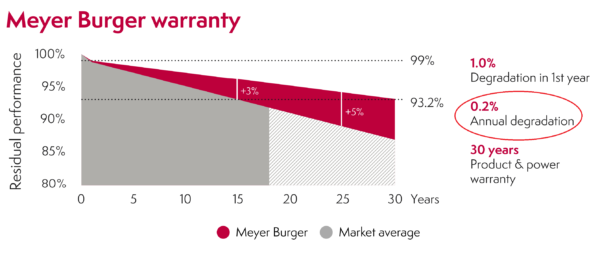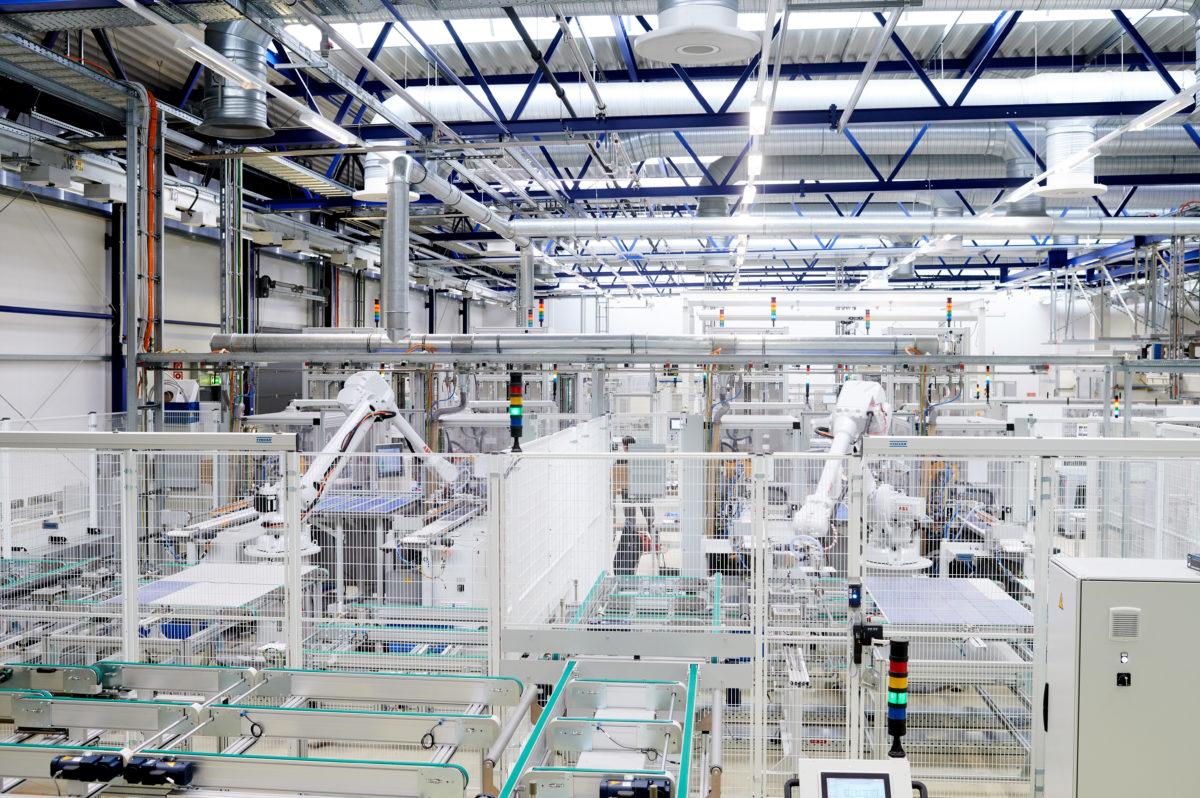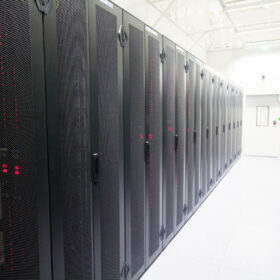Meyer Burger has announced that in the future, they will manufacture only glass-glass bifacial solar modules.
The Swiss manufacturer cites two main reasons for making the switch to glass. First, they wish to create a “unified, leaner and flexible concept for Meyer Burger’s future solar modules.” The group stated that the leaner production and logistics processes will lead to faster scalability of new manufacturing.
In the short term, Burger said that the change will actually slow down manufacturing volume in existing facilities as they transition. The company’s Goodyear manufacturing site in the United States will be glass-glass from its start date next year.
While manufacturing speed and efficiency is of the utmost importance in the solar industry, there is another, more important reason for Meyer Burger’s decision: glass-glass solar modules are a better technology than their plastic backsheeted siblings.

Officially, the manufacturer’s warranty suggests that their “Meyer Burger Glass” solar module will degrade at 0.2% or less per year, for thirty years. That means that a Meyer Burger glass-glass module bought today should be expected to produce at least 93.2% of its original output in the year 2053. In theory, if that degradation rate holds, a glass-glass Meyer Burger panel would still produce 89.2% of its original power rating after 50 years.
However, 0.2% is not the actual degradation value. It’s a safe, conservative number that the manufacturer put in place because the actual value that was found during their accelerated testing seemed too low to warranty.
In online interviews, Meyer Burger’s CEO, Dr. Gunter Erfurt, has suggested that the accelerated testing process found too little degradation to be measured – essentially, zero.
When asked by pv magazine USA, “How close to “zero” degradation was the panel? Erfurt replied:
We will not quantify this, binding for us is the official warranty. But it’s clear that a GG (glass-glass) module does literally not suffer from any mechanical stress. Hence, the remaining degradation issues are heavily reduced. I believe that these modules easily last 50 years with “acceptable” degradation.
The United State’ Department of Energy is seeking a fifty year solar panel via a funding program whose goal is to develop the materials needed to last in the elements. Erfurt noted that while the glass-glass panels could last 50 years, there are still some plastics in the modules that could require further development.
pv magazine USA once speculated on how a fifty year solar panel might affect the valuation of a solar power asset. Calculations showed that a 46% greater discounted cash flow would be projected. Hypothetically, that cash flow could be sold to long term investors.
Because fifty years is such an incredibly long time, one big question sticks out: how do we calculate the value of such a product?
Erfurt shared his thoughts on the subject:
Guaranteeing 50 years does need to make a business case. If a 50 year old decides to buy solar with 50 years of warranty, what is the benefit? Utility customers also don’t care as their business case must fly within the first 10 years. I believe a lower degradation does make sense also without guaranteeing 50 years because of lower LCOE per se as well as the option to “re-use” the module after 30 years in its second life.
Meyer Burger noted that the new all glass product portfolio will be officially presented at the Intersolar Europe show in Munich, in June 2023.
This content is protected by copyright and may not be reused. If you want to cooperate with us and would like to reuse some of our content, please contact: editors@pv-magazine.com.








what substance joins/seals/laminated the glass, wafers, and glass?
Dear John Fitzgerald Weaver,
I found your article about Meyer Burger’s decision to shift to glass-glass bifacial solar modules to be quite interesting. As someone who is interested in renewable energy and sustainability, I appreciate the company’s commitment to creating a more unified, leaner, and flexible concept for their future solar modules.
I was particularly impressed by the potential longevity of the glass-glass solar modules. The fact that they could last for up to 50 years with acceptable degradation is impressive and could have a significant impact on the valuation of solar power assets. However, as you mentioned, calculating the value of such a product is a big question that needs to be addressed.
It’s encouraging to see companies like Meyer Burger taking steps towards more sustainable practices and embracing new technologies that can have a positive impact on our environment. I look forward to seeing the official presentation of their new all-glass product portfolio at the Intersolar Europe show in Munich.
Thank you for sharing this informative article.
Best regards.